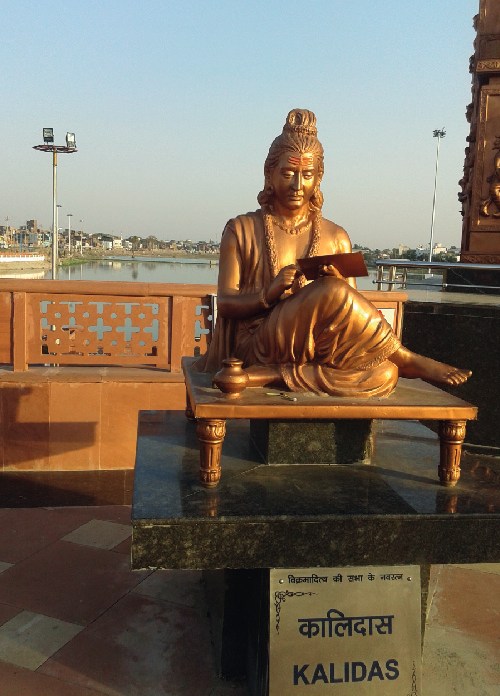The literature of India has many names: Hindu or Hindu literature, Oriental literature, and depending on the region or stage in question, it could be found as Muslim, Bengali, Urdu literature, among others. It is one of the oldest artistic manifestations of humanity and is full of symbolism, stories, spirituality and culture. The historical context of Indian literature is immense and interesting, and if you are interested in knowing more about it, here is all the necessary information.
Japanese writers:
Biography, Style, and Best Works of 12 Representative Japanese Authors
➥ Read article
The origin of Indian literature
To develop a conceptual map of Hindu literature, it is necessary to go back more than 4,000 years, to review the past of ancient India and the original regions of Pakistan. The story begins with the formation of the Indus Valley Civilization (3,300 BC – 1,300 BC), developed in the Bronze Age, and which is considered the root of current Indian culture.
The people of the time began to write the background, with prosperous agriculture and livestock, planned cities and the beginnings of Vedism. The moral, structural, religious and artistic wealth of this civilization can be divided into four major periods, which are described below.
Vedic period
This period is considered to occur between 1,500 BC and 300 BC, when the civilizations around the Indus River evolved to form what is now known as India or what could be considered the geographical location of Hinduism. The beginnings of this historical stage were marked by migratory movements of people from the Ukrainian steppes, which motivated great religious, cultural and economic exchanges.
In the Vedic period – whose name alludes to the Vedas (“knowledge” in the Sanskrit language, also related to the concept of “truth”) – the four epic books of the Vedic culture, prior to Hinduism, were written. Because Hindus do not keep track of the calendar in the same way that the Western world does, it is difficult to determine the exact date of the oldest Indian text. However, it is known that the original pillar is the Rig-veda, which gives rise to the rest of the vedas. These pose a polytheism, praising deities such as Indra, Váruna or Mitra.
- Rig-veda: hymns of praise to the Aryan gods, with a total of 1028 elements. It is the oldest literary work in India.
- Sama-veda: it is a restructuring of the Rig-veda, oriented to the priests.
- Iáyur-veda: compilation of religious, sacred and magical formulas and rites, written in prose and verse. It is the beginning of the poetry of India.
- Atarva-veda: it is written in ancient Sanskrit and its compositions allude to daily and modern life. It has 730 hymns in all.
postvedic period
With the appearance of warmongering doctrines focused on rituals, what was stipulated in the Vedic books began to contradict a little. This is how the first Upanishad philosophical texts were written and the Vedic period ended.
These works sought to defend the existence of a single absolute divinity. The name of this figure can vary depending on the context, being considered the God Brahma (creator of the universe), Vishnu (the preserver) or Shiva (who will destroy the world).
Historians recognize a total of 108 Upanishads, all referring to different philosophical reflections that marked the development of civilization.
The most famous Sanskrit epics
Around the third century BC, a little before Buddhism, the most famous epics of Indian literature are written. These marked a before and after in Hindu works.
- Ramayana: written by the legendary sage Valmiki and considered one of the best references of what is Indian literature. It is an account of the story of Rama (God and prince) in his journey to save his wife from the demon Ravana. It is Sanskrit poetry that collects the teachings of Hindu culture, religious references and popular traditions.
- Majabharata: It is a composite work in which several individuals participated, however, the authorship is attributed to the legendary writer Viasa (also spelled Vyasa, whose real name is Krishna-Dwaipayana). It brings together stories of different styles, which end up intertwining to tell the war between the Pandavas and the Kurus.
brahmanical period
Then there was a transition period between the Vedic beliefs and the Hindu religion raised in the Upanishads. It was a time rich in culture, changes, regulations, rituals and mysticism, but also in exchanges of knowledge and innovation in urban planning, aesthetics and architecture.
It is here that Hindu literature begins to reflect the characteristics of the society of the time, which was divided into four main castes: priests, warriors, merchants or peasants and – finally – the outcasts, who were the marginalized.
The Brahmanical period is recognized for its books of proverbs, religious teaching, architecture and politics, poetry and traditional songs. Especially because of the Laws of Manu, which served to illustrate the expected standards of behavior and how karma worked.
What are the characteristics of Hindu literature
The characteristics of Hindu literature have a lot to do with the exaggeration of the narration, the magical aspect and the interpretation of the human being from the religious aspects, the origin of universal history from its beliefs, the divine characters and the teaching.
Religious theme, spirituality and symbolism
This is undoubtedly one of the main characteristics of Indian literature. In most of the works reference is made to deities, divine punishments and the symbolism that is given to objects, people and even animals. The spirituality of living beings is emphasized, giving each one a purpose.
Explanation of the origin of the world
Much of classical Hindu literature is based on stories that seek to explain how the universe, human life, social interactions, and natural phenomena came to be.
Morality and teaching
Almost all Hindu works claim to leave a teaching, whether moral, spiritual or philosophical. Each text carries a moral intention.
Myths and legends
Hindu literature is rich in characters with some divine characteristic, who are the protagonists of mythical stories or particular legends. The mystical, heroic and amazing aspects are exaggerated.
General topics
There are several characteristic themes of Eastern literature, specifically within the literary genres of Indian literature.
Religion
Worship, religion and the Vedas are fundamental pillars of traditional Indian works. Here the samhitas stand out, literary manifestations that arose from the ancient Vedic chants.
Divine stories, social interactions and brahmanas
Another important point within Hindu literature is the social norms, the soul, and the divinity of the universe (but not from a religious point of view, but rather a philosophical one). It is written about love, the origin of civilization, phenomena, pantheism, and everyday life.
In the most modern literature, reference is made to themes of rebellion and oppression towards the Hindu people. Especially in the period of independence.
Knowledge, wisdom or sutras
Hindu culture is popular for its knowledge and wisdom. This is why it is normal that there are sutras, texts oriented to spread the formula behind certain topics.
Some authors of Indian literature
There are several authors of the literature of Ancient India, whose contributions greatly influenced the literary works of India. The list is quite extensive, starting with the classic authors and works of ancient Hindu literature, up to modern writers. However, these are the four most recognized figures:
Rabindranath Tagore
A Bengali writer, poet, and philosopher, who also engaged in playwriting art and music. He is the first non-European laureate to win the Nobel Prize for Literature (1913).
His most famous works include “The Gardener”, “Gitanjali”, “The Golden Boat”, “Purobi” and “Africa and Camalia”.
Valmiki
This was a legendary Maharishi sage, author of the Ramayana. Legend has it that the ability to write shloka verses was bestowed on him by God Brahma himself, ordering him to craft his masterpiece. He is considered the first Hindu poet, also called Kavi.
Other works such as the “Ioga-vasista” and “Sundara Kanda” are attributed to him.
kalidasa
Kalidasa was a classical Sanskrit author, considered one of the best ancient poets of India. Noted in the lyrical and epic genre, he also dabbled in drama.
Among his works, the theme of romantic love stands out, especially his drama in verse “Sakuntala”, based on an ancient myth. He is also credited with “Vikram and Urvashi” and “The Birth of the God of War”.
Chanakia
Also known as Kautilla, he was an Indian Brahmin and writer, who also played an important role in politics and power. Some historians nickname him “the Indian Machiavelli”.
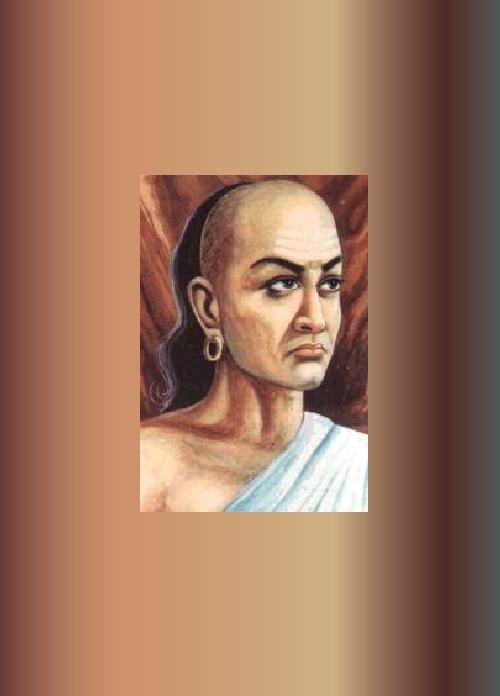
Among his outstanding works is “Artha-shastra”, a treatise that presents the ideal form of government, the first economic theories and military strategies.
Hindu works you should know
Next, you will have a list of the most popular Hindu works and that you should not miss. Also, all these titles are available online for you to purchase if you are interested in learning more about Indian literature.
1. Kamasutra
This is, perhaps, one of the most popular works in the world. Although it is known as the global reference for the most successful intimate positions, it is actually a text whose premise is that man can dedicate himself to the three pleasures of life; virtue, wealth and pleasure. For the latter there is a method, and this is how the entire erotic strategy that many know is described.
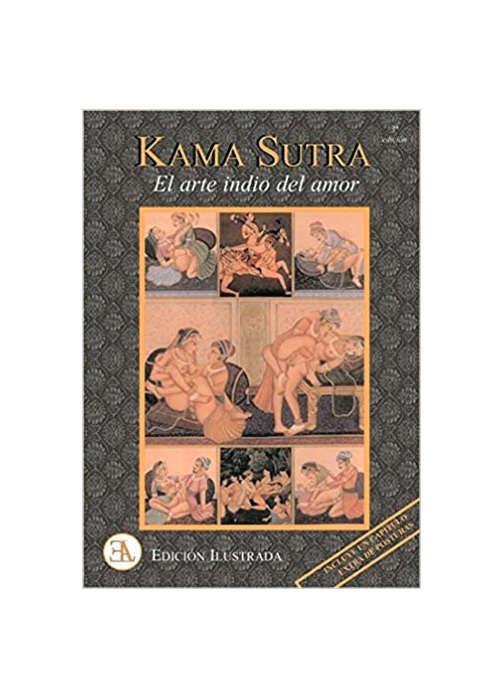
2. Mahabharata
This is the great reference of India. It tells of the conflicts between Pandavas and Kurus (or Kauravas) for the throne of the Lunar Dynasty. In this war, deities like Krishna are also involved. Life, death, spirituality and virtue are protagonists.
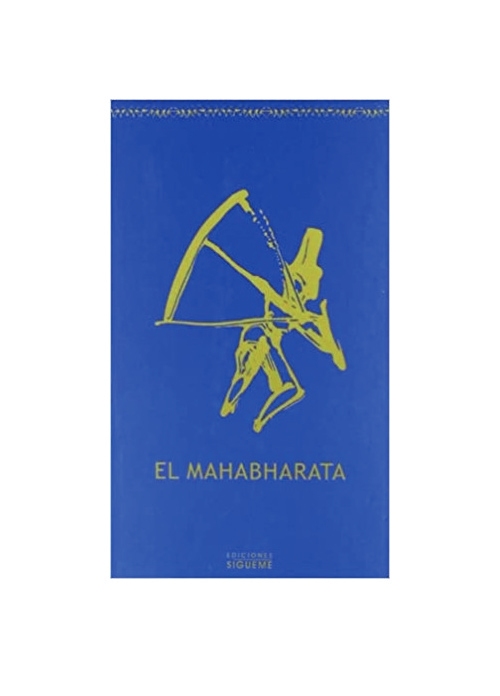
3.Ramayana
The masterpiece of the sage Valmiki. An epic and sacred text that tells the story of Prince Rama and his wife Sita. It is a story that tells the whole journey of the young man through family conflicts, desires for power, sacred promises and young love.
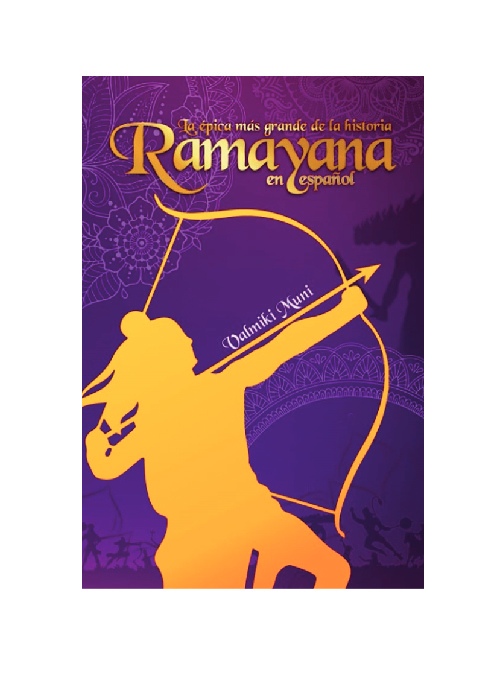
4. Autobiography of Mahatma Gandhi
Mahatma Gandhi’s life, perspective, and legacy are brought together in this autobiography. The history of the prophet, his ideas and his particular thought are exposed in this book.
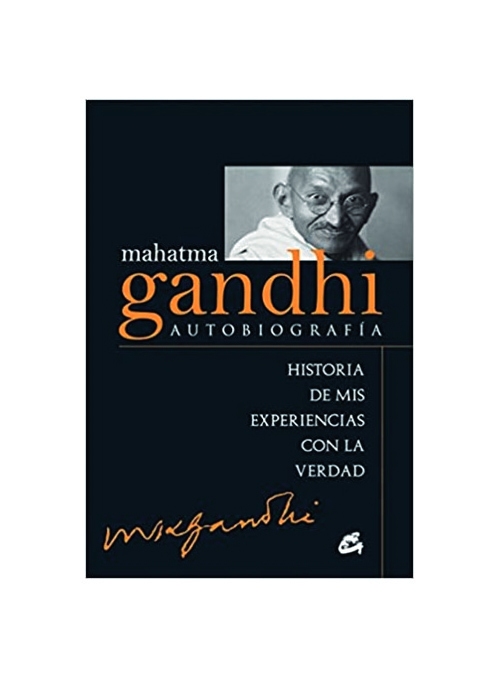
5. The heart of God
One of Rabindranath Tagore’s most popular works is “The Heart of God”. They are love poems praised throughout India, thanks to their thoughtful, moving and simple style.
If you are interested in buying this work, you can buy the book on Amazon.
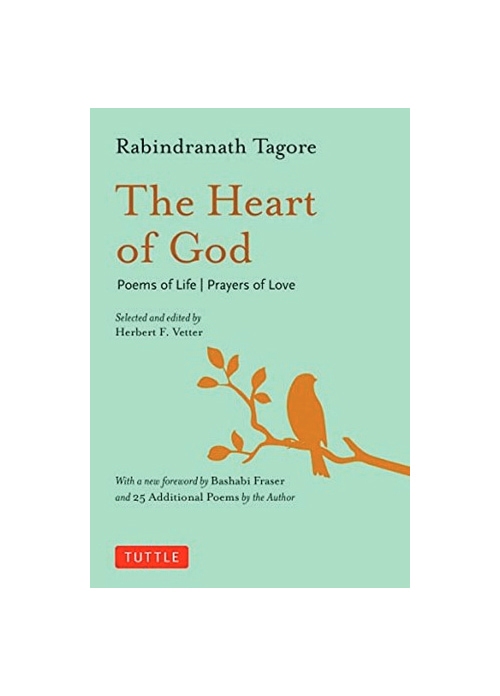
6. The gardener
This is also a collection of poems by Rabindranath Tagore, and collects simple but profound stories on different themes such as romance, death and wealth.
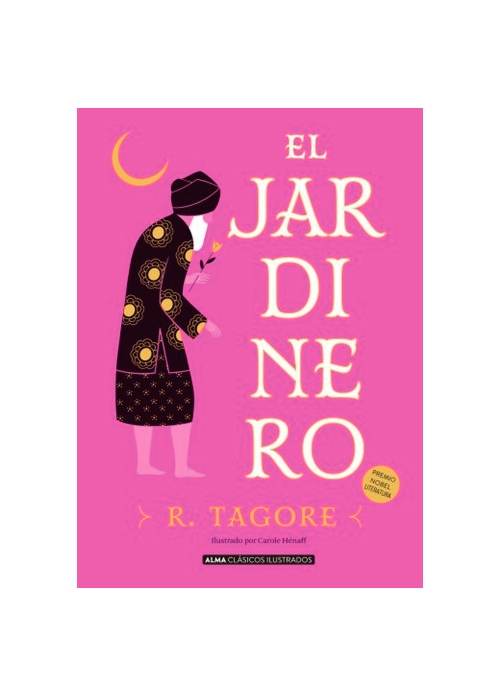
Now that you know what the oldest literature in India is, its characteristics and main authors, it is easy to take a tour of this oriental artistic manifestation so rich in culture, mysticism, traditions and legends. The wisdom, the divinities, the social visa and the human values are fundamental pillars that you will be able to see reflected in his different works. Each text seeks to leave a teaching, tell a story and show the magic of the universe from the Hindu perspective.

